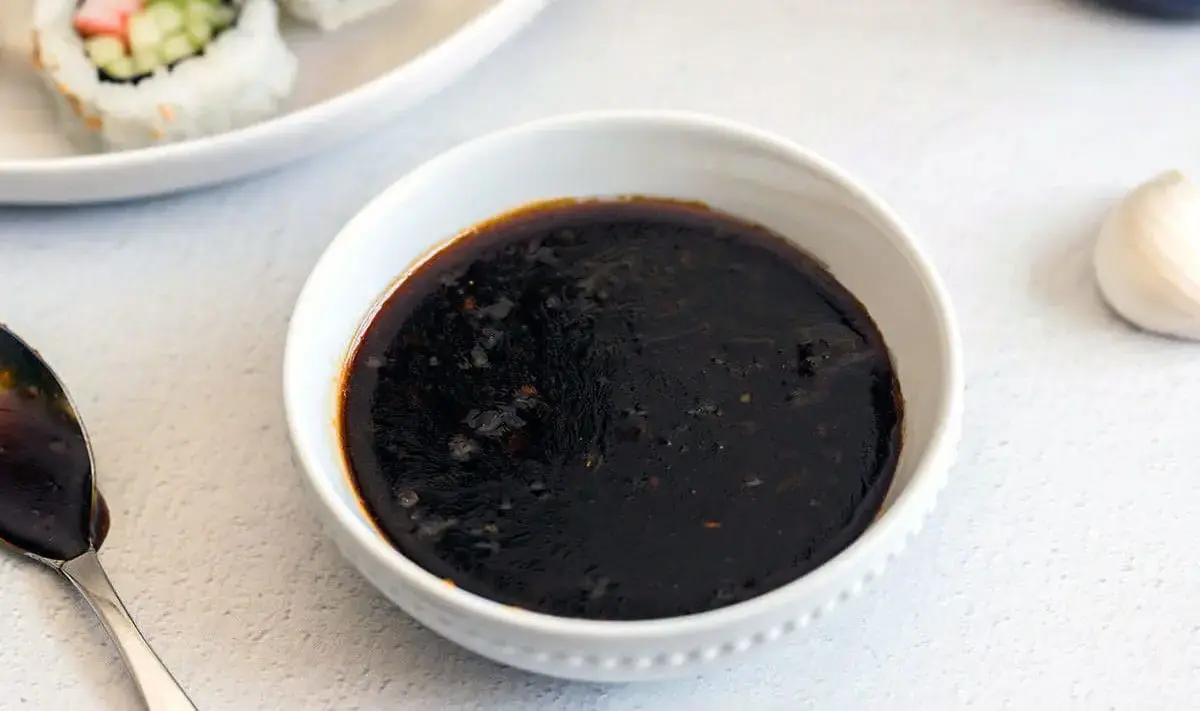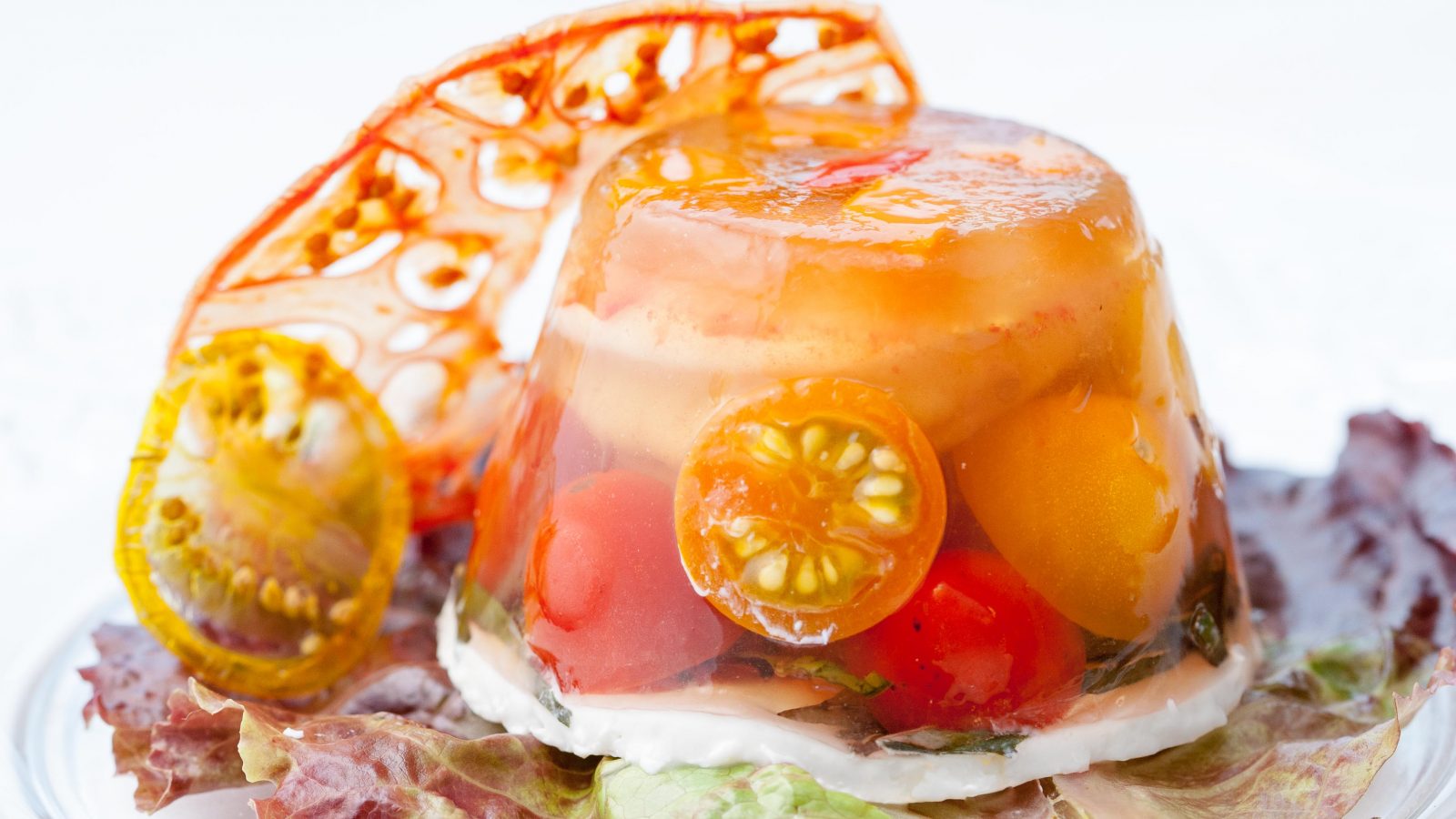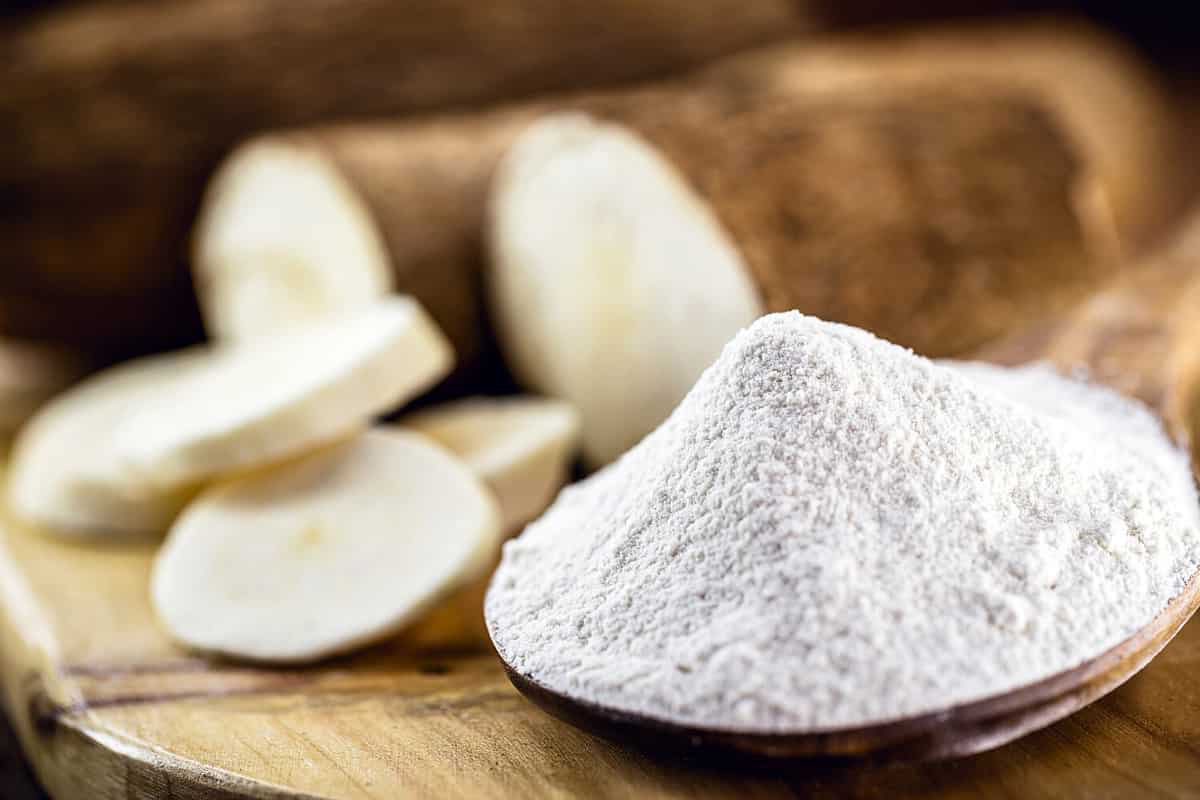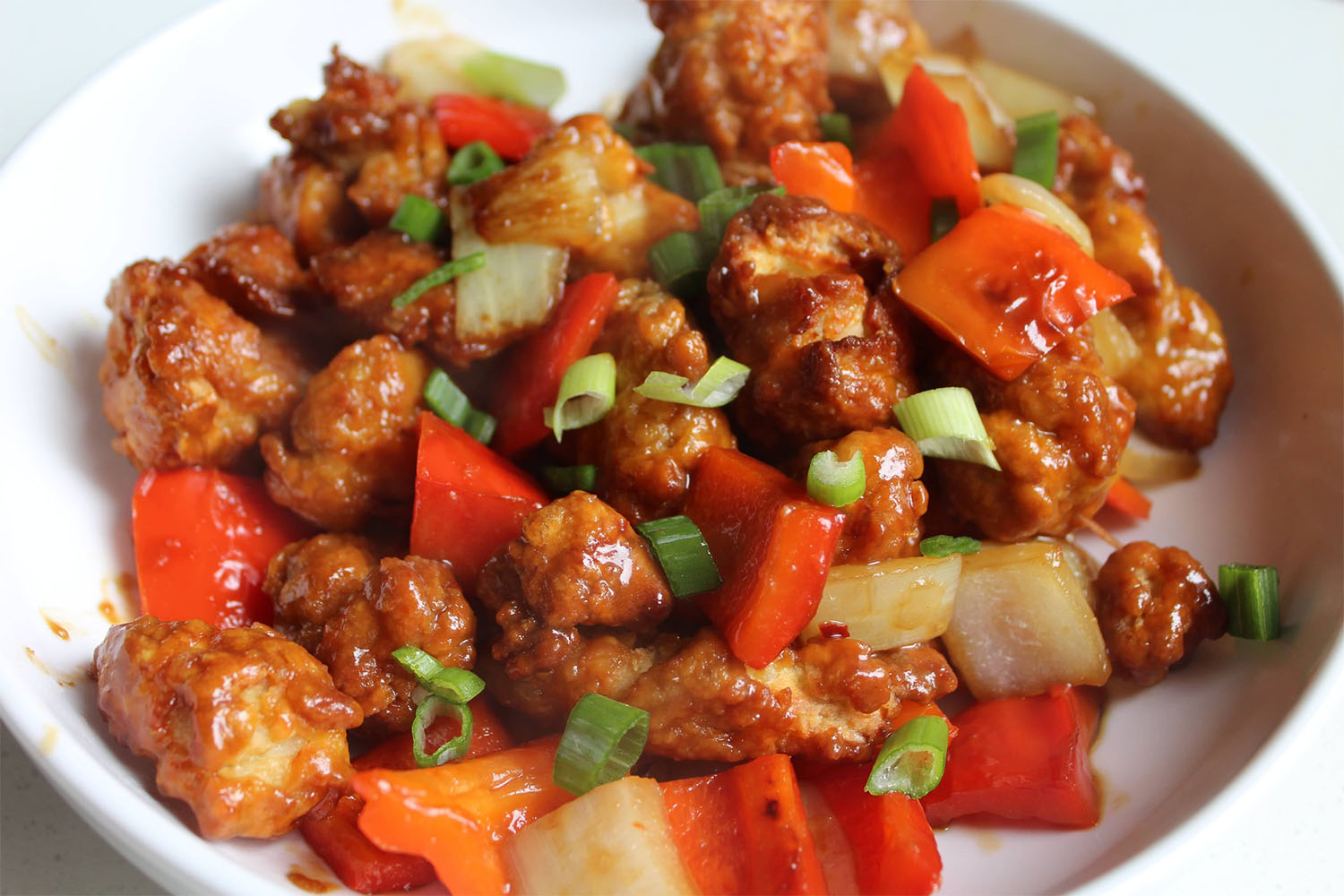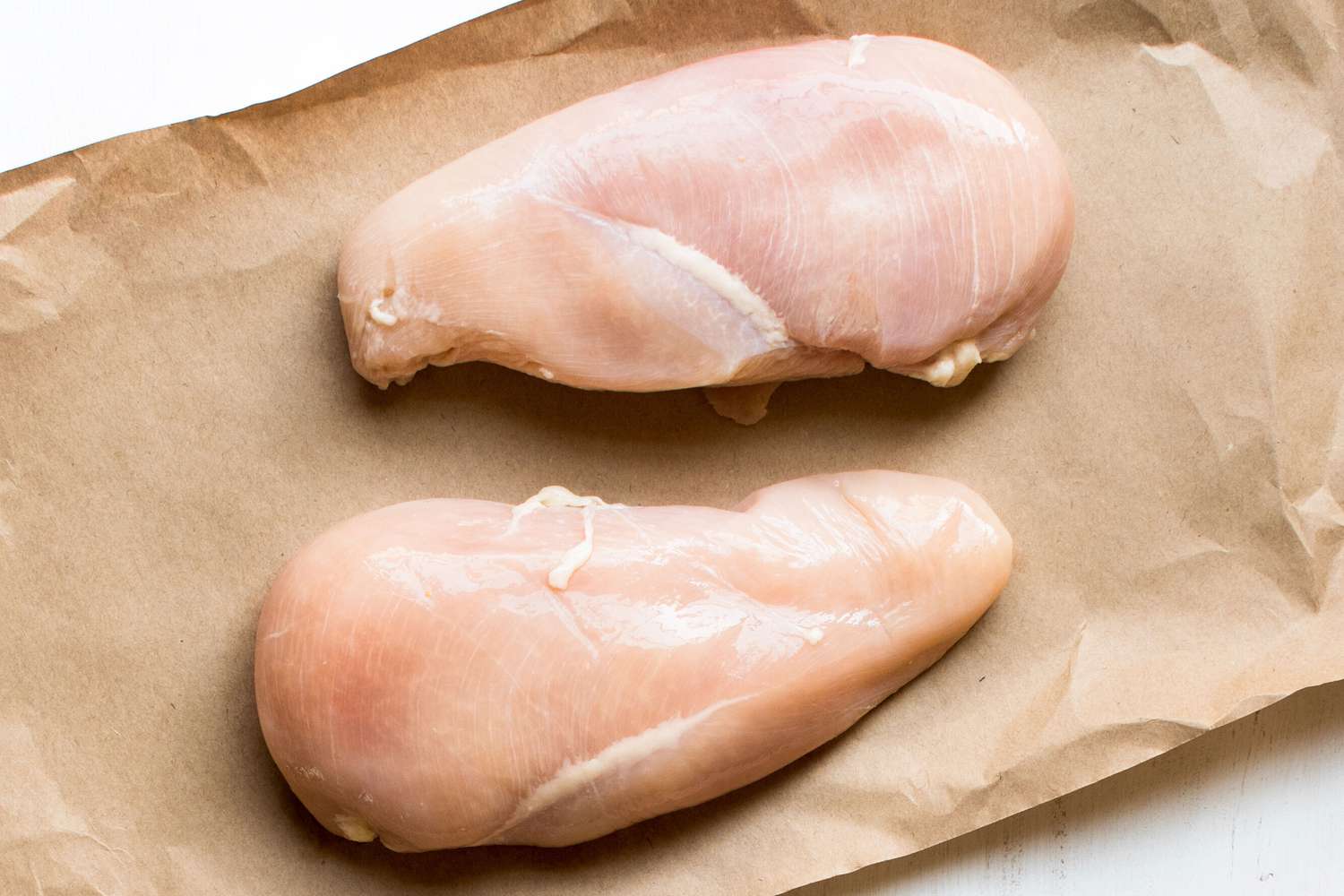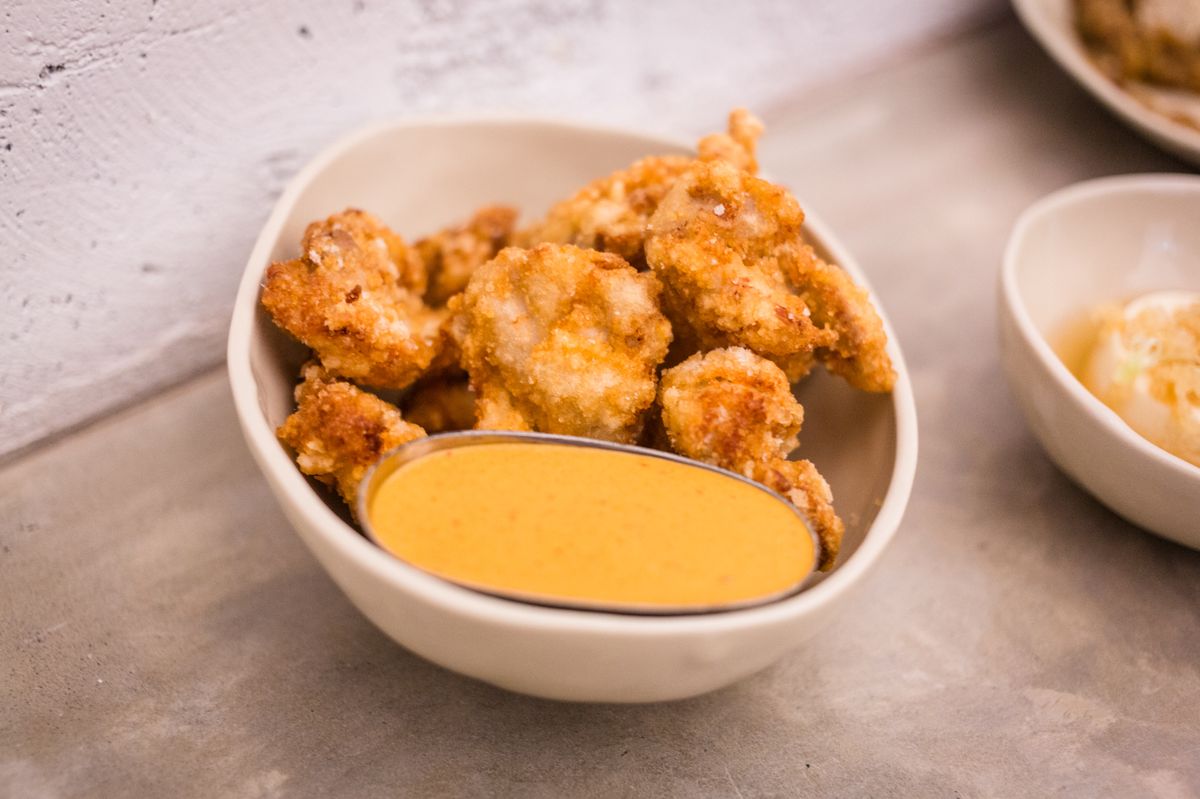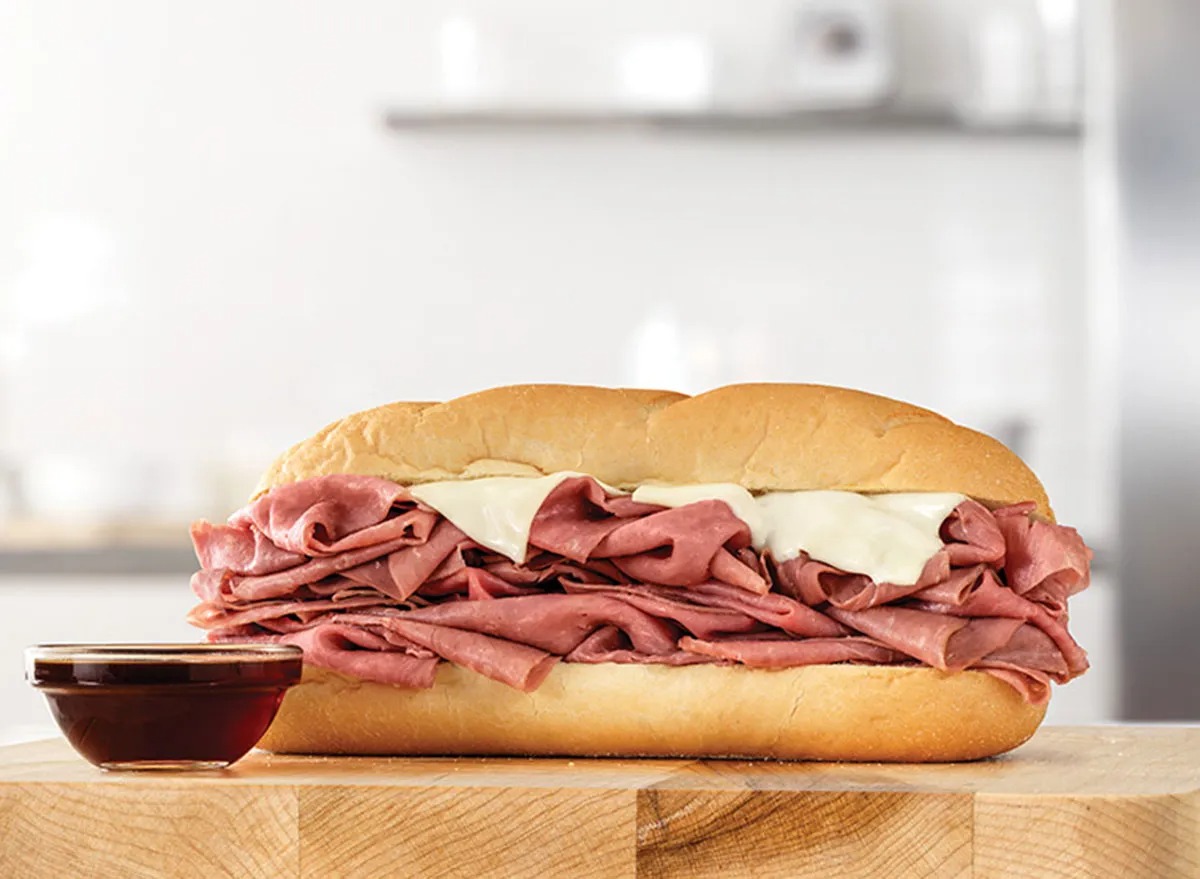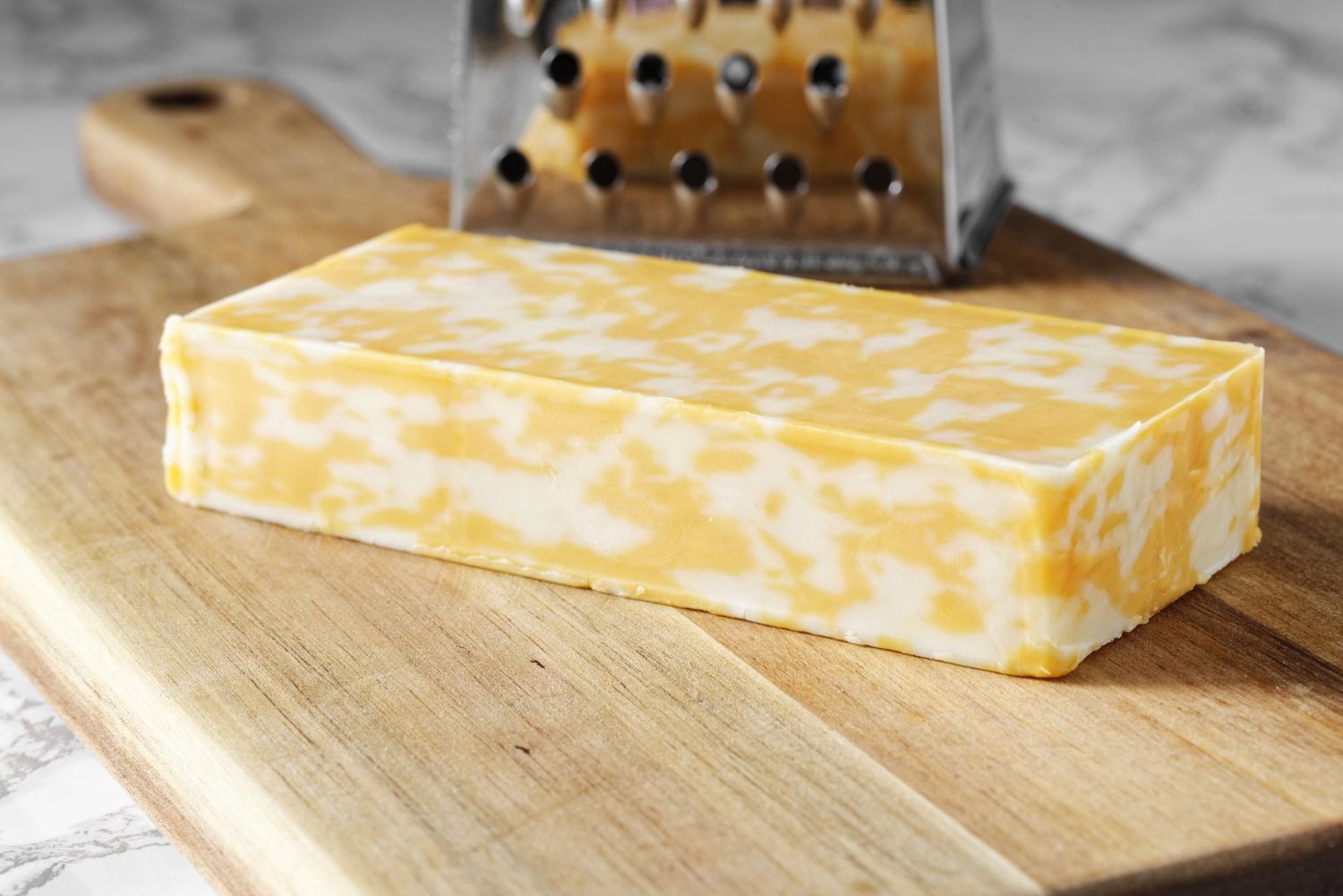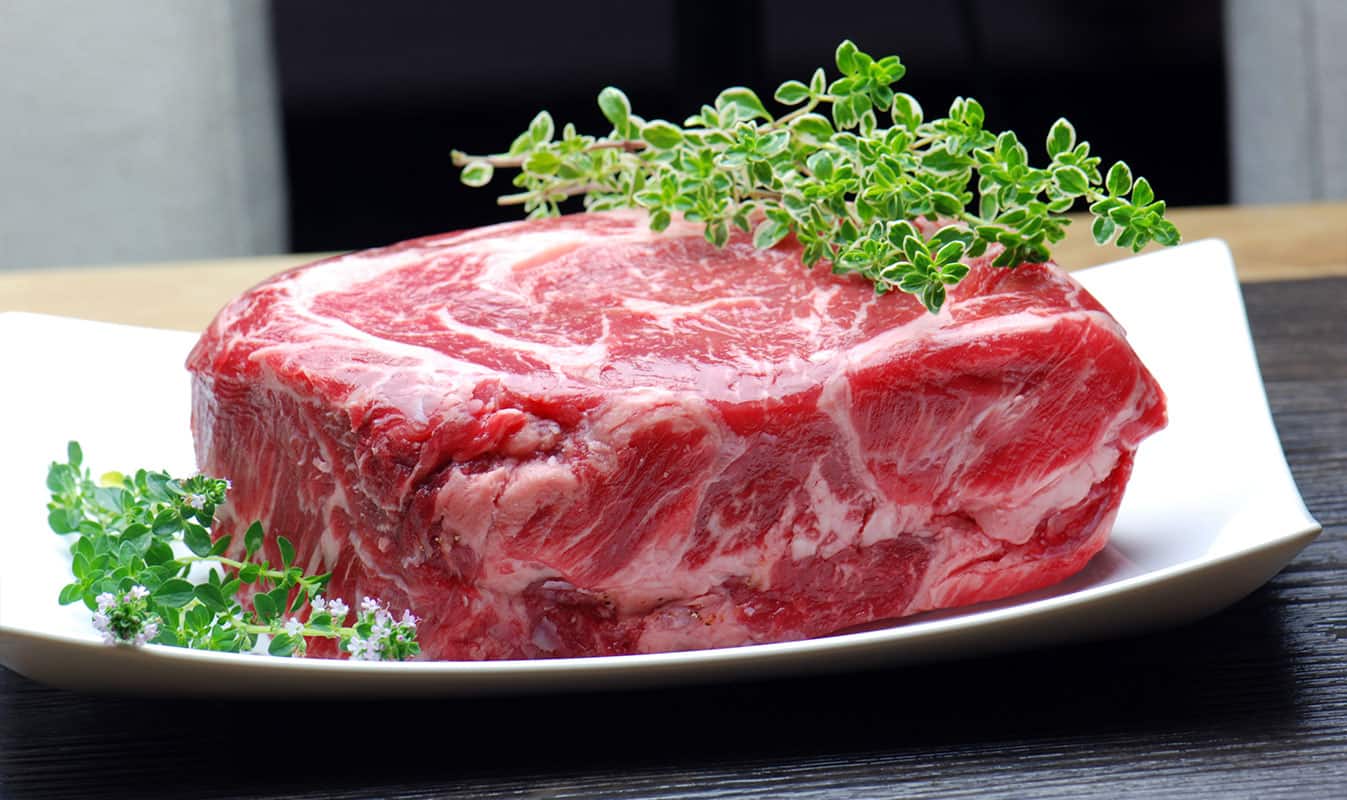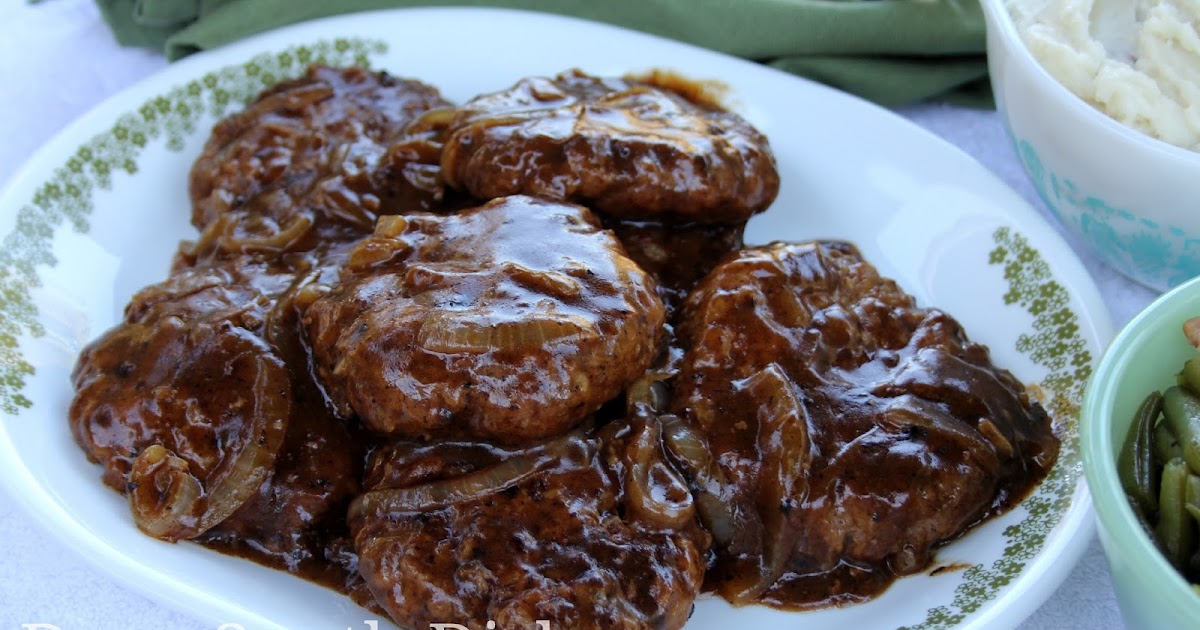What Is Coolie Food? Exploring the Culinary Delights of Coolie Cuisine
If you're curious about the unique and flavorful world of Coolie food, you've come to the right place. Coolie cuisine is a rich tapestry of flavors, ingredients, and cooking techniques that have been passed down through generations. In this article, we'll take a closer look at what Coolie food is all about and why it's worth exploring.
The Origins of Coolie Food
Coolie food is a culinary tradition that originated in the Caribbean, particularly in countries such as Guyana, Trinidad and Tobago, and Jamaica. It is a fusion of African, Indian, Chinese, and Indigenous Caribbean influences, resulting from the diverse cultural heritage of the region.
Key Ingredients and Flavors
Coolie food is known for its bold and vibrant flavors, often achieved through the use of aromatic spices and herbs. Some of the key ingredients that are commonly used in Coolie cuisine include:
- Curry: A staple in Coolie cooking, curry dishes are often made with a blend of spices such as turmeric, cumin, coriander, and fenugreek, creating a rich and fragrant flavor profile.
- Rice and Peas: A popular side dish made with rice, kidney beans, coconut milk, and a variety of seasonings, providing a perfect complement to many Coolie main dishes.
- Roti: A type of flatbread that is often served with curries and other savory dishes, adding a delightful texture to the meal.
- Tamarind: This tangy and sweet fruit is used to add a unique flavor to many Coolie dishes, particularly in chutneys and sauces.
Signature Dishes
Coolie cuisine boasts a wide array of mouthwatering dishes that are beloved for their distinctive flavors and textures. Some of the most iconic Coolie dishes include:
- Curry Chicken: Tender pieces of chicken simmered in a fragrant curry sauce, often served with rice or roti.
- Dhal and Rice: A comforting dish made with split peas, flavored with spices, and served alongside fluffy white rice.
- Bake and Saltfish: A popular breakfast dish featuring fried dough (bake) and salted codfish, often enjoyed with a side of fresh salad.
Cooking Techniques
In Coolie cooking, various cooking techniques are employed to create dishes that are both flavorful and satisfying. Some of the common cooking methods include:
- Stewing: Slow-cooking meats and vegetables in flavorful sauces to allow the flavors to meld together and create a rich, hearty dish.
- Grilling: Utilizing open flames to impart a smoky flavor to meats and vegetables, adding depth to the overall dish.
- Frying: Crisping up ingredients to create a delightful texture and enhance the overall flavor profile of the dish.
The Cultural Significance
Coolie food is not just about the flavors and ingredients; it also holds significant cultural and social importance. Many Coolie dishes are associated with celebrations, festivals, and family gatherings, serving as a way to connect with tradition and heritage.
Exploring Coolie Food
If you're eager to experience the delights of Coolie food for yourself, consider seeking out Caribbean restaurants or food festivals in your area. Additionally, you can explore recipes and try your hand at creating your own Coolie-inspired dishes at home. Whether you're a seasoned food enthusiast or a curious beginner, Coolie cuisine offers a world of flavors and culinary experiences waiting to be discovered.
In conclusion, Coolie food is a celebration of cultural diversity, tradition, and the joy of sharing delicious meals with loved ones. With its vibrant flavors, rich history, and deep cultural significance, Coolie cuisine is a culinary journey well worth embarking on. So, why not expand your culinary horizons and savor the unique and delectable offerings of Coolie food?
Was this page helpful?
Read Next: What Is Black Pepper Made From?
